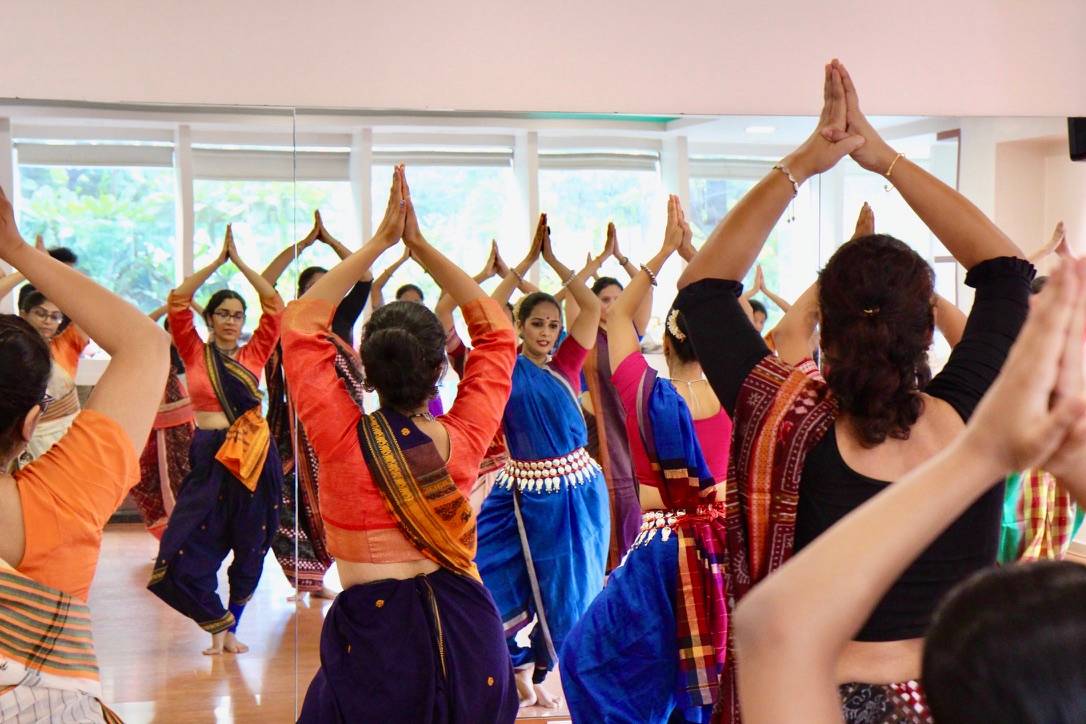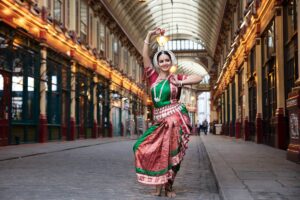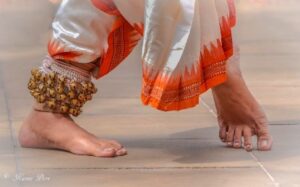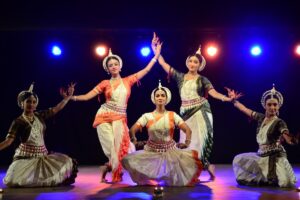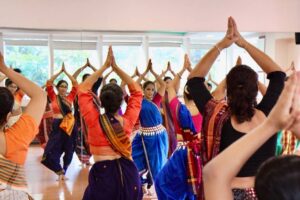Odissi is a classical dance form that originated in the Indian state of Odisha. It is believed to have evolved over centuries, incorporating elements of temple rituals, folk dances, and courtly performances. Today, Odissi is one of the most popular and widely performed classical dance forms in India, known for its graceful movements, intricate footwork, and expressive storytelling.
In this blog, we will explore the key features of Odissi that make it unique and special.
- Mudras and Facial Expressions
Odissi is known for its elaborate hand gestures or mudras, which are used to convey specific meanings and emotions. These mudras are performed with precision and fluidity, enhancing the beauty and expressiveness of the dance. Odissi also emphasizes the use of facial expressions, or bhavas, to convey the mood and sentiment of the dance.
- Fluid Body Movements
Odissi is characterized by fluid and graceful body movements that convey a sense of softness and lyricism. The movements are often described as sculptural, with dancers creating intricate shapes and lines with their bodies. The dance also emphasizes the use of gentle and subtle movements, rather than forceful or aggressive ones.
- Abhinaya and Storytelling
Odissi is not just about technical precision and beautiful movements – it is also a form of storytelling. The dance often depicts stories from Hindu mythology, with the dancers using abhinaya or facial expressions, gestures, and body language to bring the characters and events to life. The storytelling element of Odissi makes it a rich and engaging art form that connects audiences with the cultural heritage of India.
- Footwork and Rhythmic Patterns
Odissi is also known for its intricate footwork, which is performed with great precision and rhythm. The dance often incorporates complex foot patterns, that require a high level of skill and practice to master. The footwork is often accompanied by live music, with the musicians playing traditional instruments like the mardala, flute, and harmonium.
- Costumes and Jewellery
Odissi is a visually stunning dance form, with dancers wearing vibrant and ornate costumes. The costumes typically include a sari, along with a blouse and a dupatta or scarf. Dancers also wear elaborate jewellery, including necklaces, earrings, and bracelets, which enhance the beauty and elegance of the dance. The unique feature is the headgear that a dancer adorns.
In conclusion, Odissi is a classical dance form that embodies the rich cultural heritage of India. Its unique features, including mudras and facial expressions, fluid body movements, storytelling, footwork, and costumes, make it a visually stunning and engaging art form.

